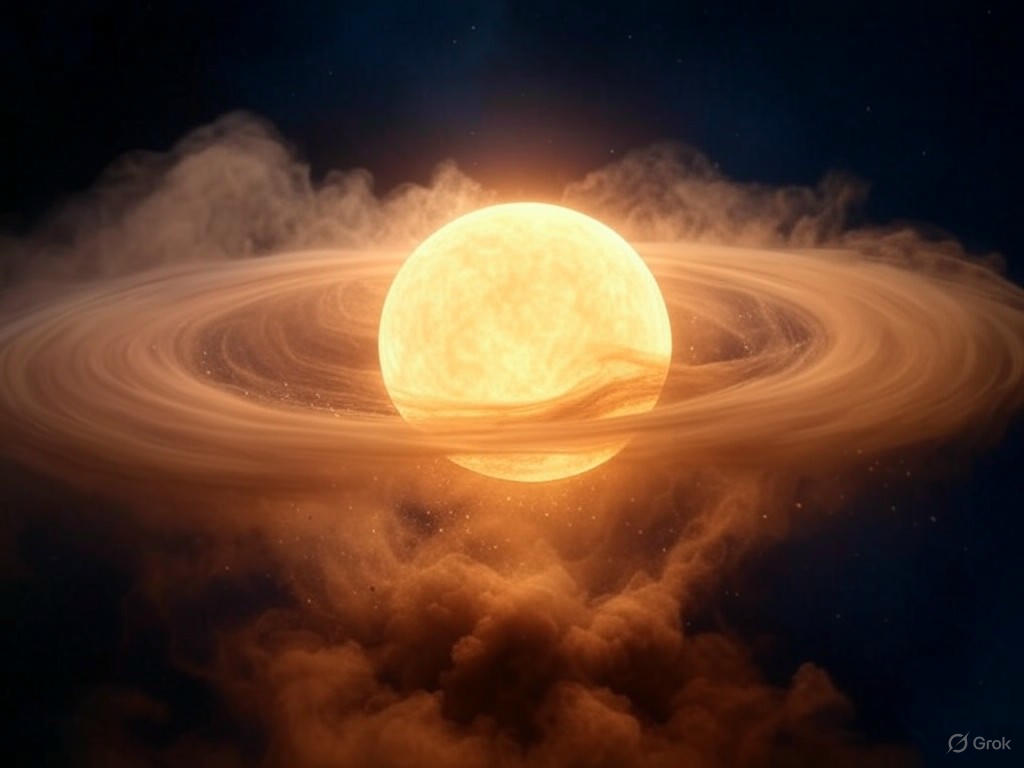Cosmic Chemistry: Life’s Building Blocks Found Around a Young Star
In a groundbreaking discovery, astronomers have uncovered traces of rare methanol isotopes swirling in the cosmic disk surrounding a young star named HD 100453. This finding, made possible through advanced telescopic observations, opens a new window into the chemical processes that may lay the foundation for life on distant worlds. Located hundreds of light-years away, HD 100453 is still in its formative years, surrounded by a swirling disk of gas and dust—the raw materials from which planets are born. The presence of methanol, a simple organic molecule, in such an environment is a thrilling clue about the origins of life’s essential ingredients.
Methanol, often considered a precursor to more complex organic compounds, plays a critical role in astrochemistry. Its isotopes—variants of the molecule with slight atomic differences—offer scientists a unique way to trace the conditions under which these molecules form. By studying these isotopes in HD 100453’s disk, researchers can piece together the environmental factors, such as temperature and radiation, that influence chemical reactions in space. What makes this discovery even more exciting is the implication that the building blocks of life might be more common in the universe than previously thought. If methanol and its isotopes are present around a young star like HD 100453, similar chemistry could be unfolding in countless other star systems, potentially seeding future planets with the raw materials for life.
The implications of this research extend far beyond a single star. Scientists believe that understanding the chemical makeup of protoplanetary disks—regions where planets form—could help answer one of humanity’s oldest questions: are we alone in the universe? The methanol isotopes detected in HD 100453 suggest that the ingredients for life may be baked into the very process of planetary formation. While it’s still too early to say whether life could emerge in this specific system, the discovery reinforces the idea that the universe might be teeming with the potential for biology. Future observations using cutting-edge tools like the James Webb Space Telescope could reveal even more about the chemical diversity in such disks, bringing us closer to understanding how life’s precursors are distributed across the cosmos.
As we marvel at this discovery, it’s a reminder of how much there is still to learn about our place in the grand cosmic tapestry. The detection of life-building molecules around HD 100453 is not just a scientific milestone; it’s a spark of hope that the seeds of life might be scattered far and wide. Each new finding like this one brings us a step closer to unraveling the mystery of life’s origins, both on Earth and beyond. For now, HD 100453 stands as a beacon of possibility, a young star whose chemical legacy might one day mirror the story of our own planet’s beginnings.


